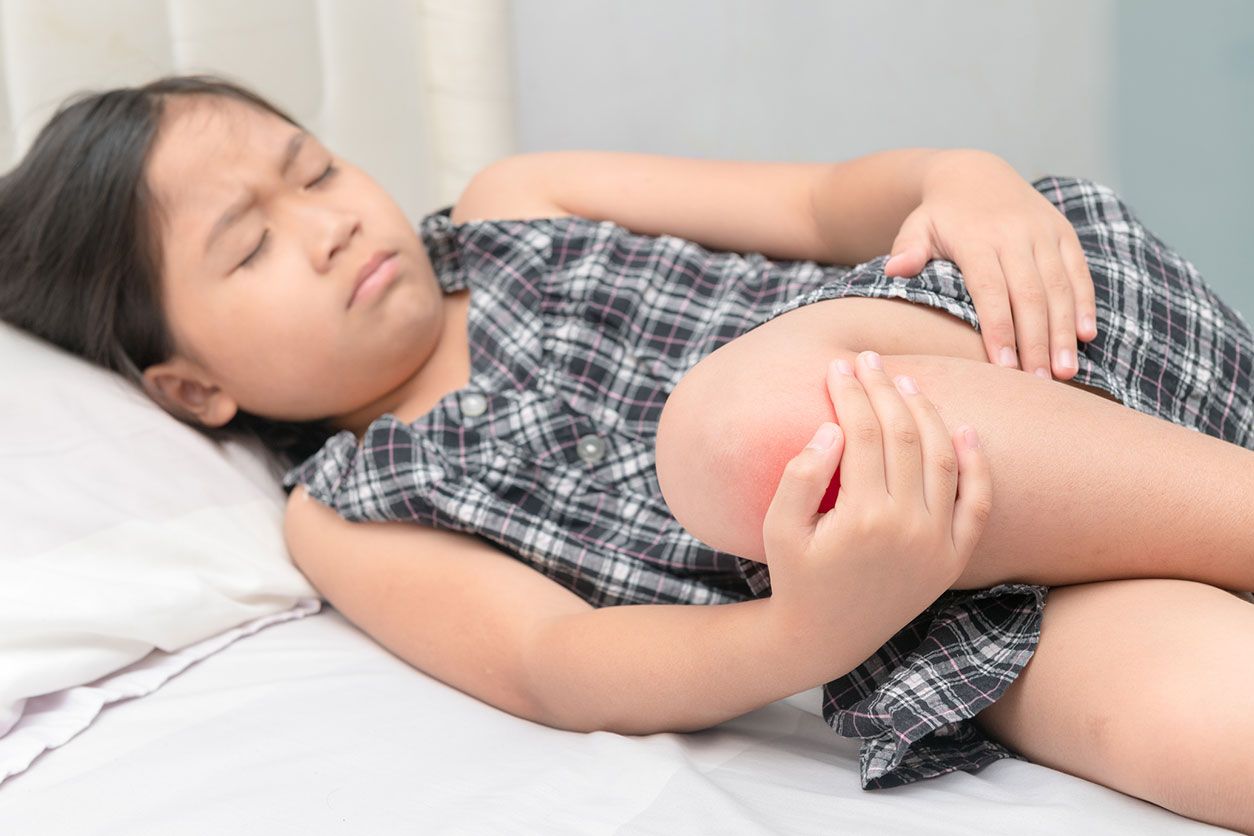Recognizing Juvenile Arthritis Awareness Month

July is Juvenile Arthritis Awareness Month and MidAmerica Orthopaedics wants to help raise awareness for this ongoing battle. The more people know about Juvenile Arthritis, the greater the chance of detecting early signs and symptoms to get children the treatment they need faster.
Many people are surprised to learn that kids can even get arthritis. But they can, and for some, it is even more debilitating than the rheumatoid arthritis often seen in adults.
In fact, roughly 300,000 children under the age of 18 in America have been diagnosed with arthritis.
What is Juvenile Arthritis?
Juvenile Arthritis (JA) is an overarching term used to describe a long-lasting, chronic, autoimmune or autoinflammatory disease that can present itself in one of various types of arthritis. Autoimmune diseases occur when the body wages war on its own healthy cells and tissues, attacking them.
Most cases of JA cause swelling, stiffness, pain, and tenderness. Some cases can present mild to no joint symptoms, only affecting the skin and internal organs. Other cases can be more severe, producing serious joint and tissue damage, as well as problems with bone development and growth.
What You Should Know About Juvenile Arthritis
There are many kinds of JA, each with its own symptoms, treatments, and prognosis. There is, however, no single symptom to diagnose a child with JA. Instead, a thorough exam, blood work, and/or imaging must be done to diagnose it.
The most common symptoms of JA are:
- Joint pain
- Swelling, possibly in the joints or lymph nodes in the neck and other areas of the body
- Fever
- Stiffness
- Rash
- Fatigue
- Loss of appetite
- Inflammation of the eye
- Difficulty with activities of daily living such as walking, dressing, and playing
Now, these symptoms could cover a wide range of problems. A pediatrician or rheumatologist will have to take into consideration how long the child has had symptoms, their medical and family history, and signs of JA in a physical exam. Lab tests that look for inflammatory markers and imaging tests, such as x-rays, CT scans, or MRIs that look for joint damage will help to rule out other causes.
While there is no cure for JA, the prognosis is better today than ever before. Because of new medications and therapies, kids can live more fulfilling, active lives than they once could. However, there is still a long way to go. Right now, the goal is remission, with little or no disease activity.
Treatments can last or they may not. That’s why finding a cure for JA is so important.
How You Can Support Juvenile Arthritis Awareness Month
Raising support for juvenile arthritis is imperative to continue fighting for a cure for the hundreds of thousands of children affected by this painful disease. You can help show your support and give hope to the children and families fighting it everyday.
- Join the Cure Arthritis Crew – Help your community learn more about the effort to cure arthritis by taking the Cure Arthritis Crew Member Pledge
- Share on social media – Change your profile pic to support Juvenile Arthritis Awareness Month and be sure to use the hashtags #CureArthritis and #KidsGetArthritis to spread awareness.
- Join the Virtual Strides virtual race – Join the virtual 5k/10k/Half Marathon to raise money and awareness benefitting the Arthritis National Research Foundation.
- Create your own campaign to raise donations and awareness – Start your own campaign to fundraise for an event of your choosing to race for a cure for arthritis.
- Donate – Make a secure donation to support arthritis research.
MidAmerica’s Pediatric Clinic sees first-hand the affects of juvenile arthritis on children. Because of this, we know how important it is to continue to raise awareness for this disease. If you want to learn more about juvenile arthritis or are interested in a consultation with your child, call us at (708) 237-7200 to meet with one of our Pediatric Orthopaedic Specialists.

